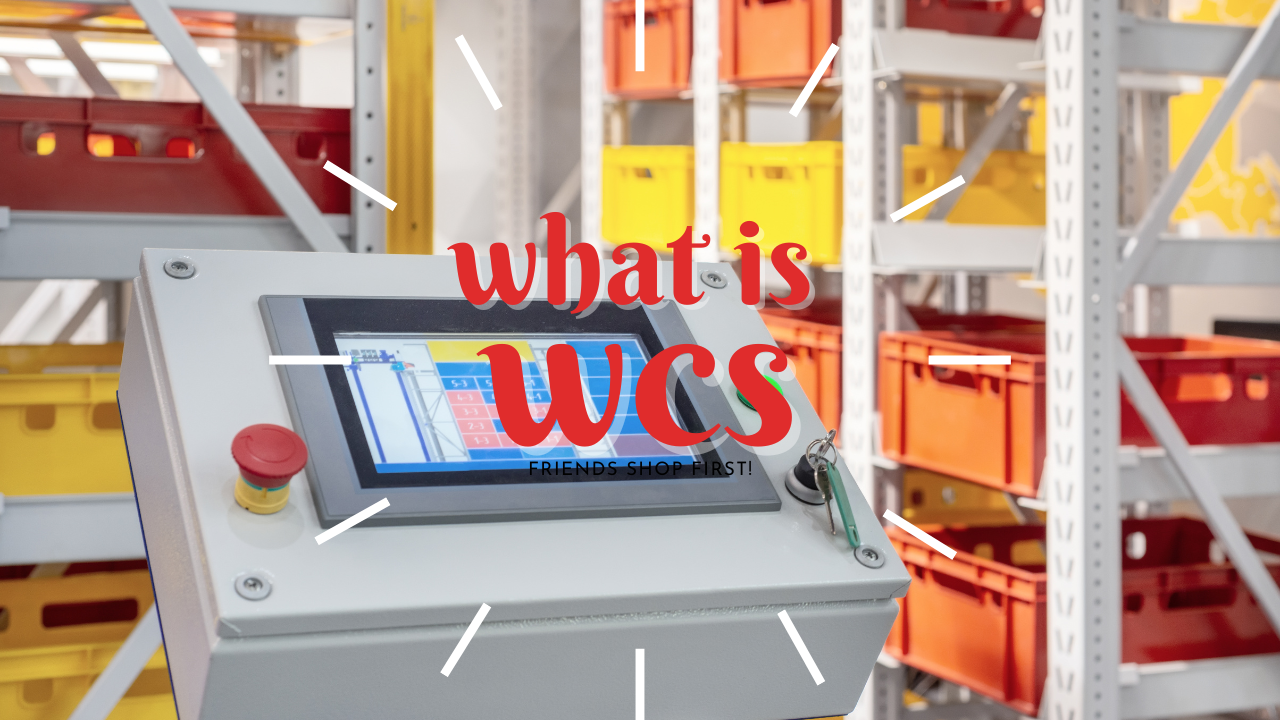What is WCS device management system ?
2024-11-20

WCS, short for Warehouse Control System, is a management control system situated between WMS (Warehouse Management System) and PLC (Programmable Logic Controller) systems. On one hand, it interacts with the WMS system, receiving instructions and relaying them to the PLC system to drive corresponding mechanical actions on the production line. On the other hand, it provides real-time reflection of the PLC system's status and data on the interface, along with manual debugging interfaces for the PLC system and production line.
WCS, an acronym for Warehouse Control System, functions as an intermediate management control system between WMS (Warehouse Management System) and PLC (Programmable Logic Controller) systems. It effectively coordinates various logistics equipment such as conveyors, stackers, shuttles, robots, sorters, electronic tags, and AGVs (Automated Guided Vehicles). WCS primarily operates through task engines and message engines, optimizing task decomposition, analyzing execution paths, and providing execution assurance and optimization for scheduling instructions from upper-level systems. It achieves integration, unified scheduling, and monitoring of various equipment system interfaces.
WCS (Warehouse Control System) is a hardware system designed to control machinery and equipment within warehouses, such as conveyors, automated shelving, AGVs (Automated Guided Vehicles), and robotic arms. Integrated with WMS (Warehouse Management System), WCS optimizes control over warehouse equipment through data exchange with the WMS.
The System Functions of WCS:
Basic Information
Location Information: Includes details of all storage areas, shelves, and their characteristics within the warehouse. This information is crucial for storage and retrieval of goods.
Equipment Information: Records the characteristics, locations, and status of various automated equipment, facilitating control and coordination by the WCS system.
Task Management
Task Generation: Generates and assigns tasks to appropriate equipment or personnel based on inbound and outbound tasks pushed by the WMS system. Specific tasks include scanning goods in and out, conveying goods, machine handling, and placing in designated locations.
Task Scheduling: Optimizes task scheduling to ensure execution according to priority and the best path, thereby enhancing operational efficiency and accuracy.
Task Monitoring: Real-time monitoring of task execution, tracking progress, and promptly handling any exceptions.
Equipment Scheduling
Equipment Allocation: Assigns tasks to available equipment to ensure efficient task execution.
Path Planning: Determines the optimal movement path for equipment to avoid collisions and optimize logistics paths.
Equipment Coordination: Coordinates the operation of multiple devices to ensure their harmony and efficiency within the warehouse.
Equipment Monitoring
Equipment Status Monitoring: Real-time monitoring of equipment status, including operational status and fault information.
Equipment Scheduling: Adjusts equipment operating modes and priorities based on tasks and demand.
Resource Utilization: Analyzes equipment usage and efficiency to facilitate optimization and adjustments.
Fault Notification
Anomaly Detection: Real-time monitoring of abnormal conditions during equipment operation, such as faults or stagnation.
Early Warning: Timely issuance of alerts or notifications for rapid response and problem resolution, minimizing operational downtime.
Operation Records
Operation Logs: Records all operations and events, providing reference and basis for operation and maintenance.
Performance Analysis: Collects and analyzes operational data to evaluate equipment and system performance, providing a basis for improvement.
These functional components constitute the core of the WCS system, working together to promote efficient, precise, and controllable internal logistics operations within the warehouse.